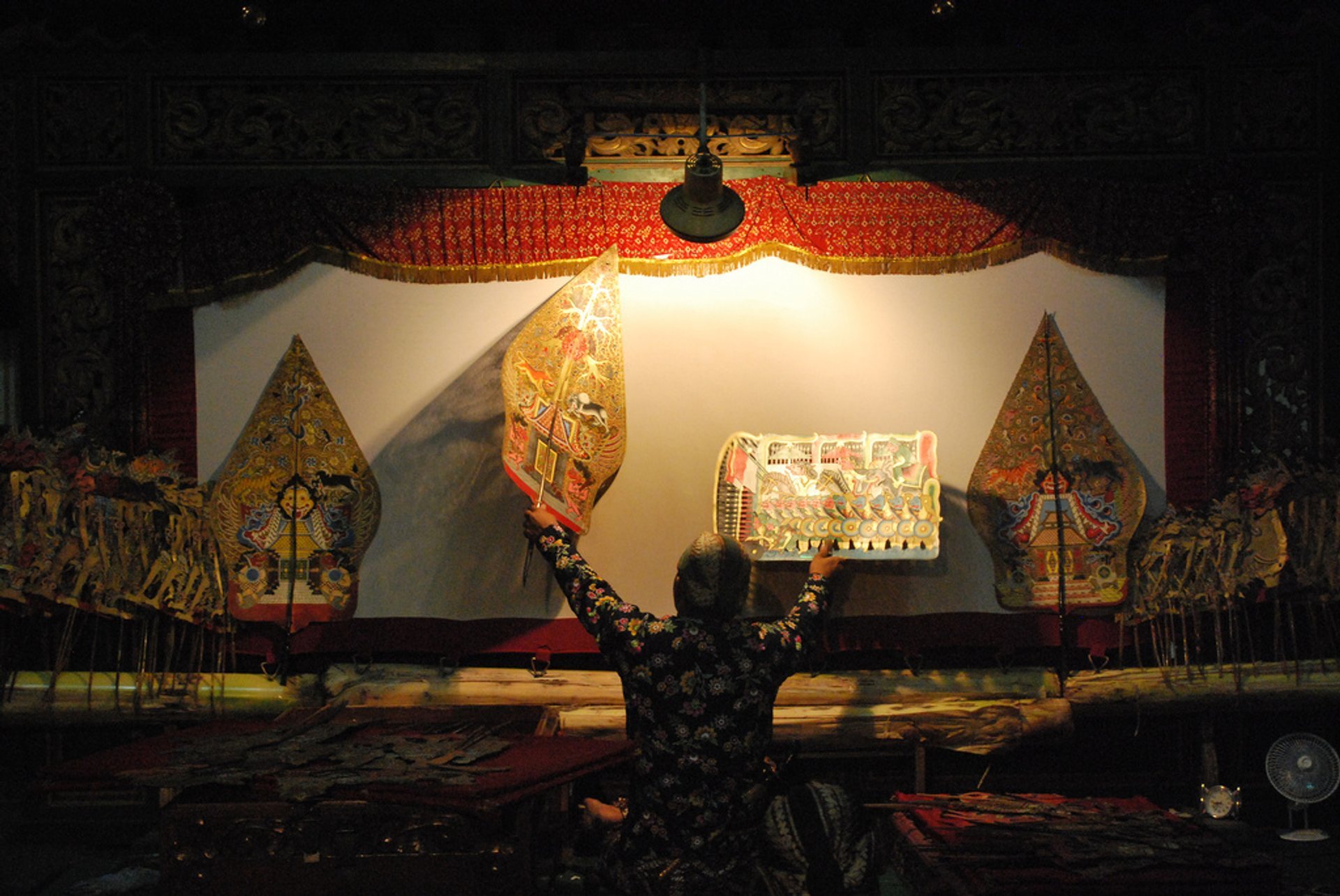

They comprise a vast array of character types including hero, heroine, warrior, clown, ogre, and magician. Wayang Kulit Siam puppets are intricately carved and vibrantly painted two-dimensional figures made from leather. Besides animating the puppets with action and speech, the tok dalang provides narration and commentary, leads the musical ensemble and attends to the ritual aspects of a performance.

The principal performer in the Wayang Kulit Siam tradition is the tok dalang (master puppeteer). The main story-line, known as cerita pokok (trunk story), is performed occasionally minor-tales and sub-plots involving the same characters, known as cerita ranting (branch stories), are far more popular. The art of shadow puppetry probably spread to Java with the spread of Hinduism. One of the major problems faced by the traditional Wayang Kulit Kelantan is that of disseminating the technique of puppeteer.

Developed before the 10th century, the form had origins in the thalubomalata, the leather puppets of southern India. The main components of the performance are the blencong(oil lamp), kelir(screen) and the intricately designed wayang kulit characters which are made of cow. In a wayang kulit performance, the puppet figures are rear-projected on a taut linen screen with a coconut-oil light. Wayang kulit Kelantan shows greater level of shadow distortion compared to wayang kulit purwa due to the differences in the size of kelir (screen), distances and positions of light source. The wayang kulit repertoire is largely based on Malay oral and literary versions of the ancient Indian epic, the Ramayana, which narrate the adventures of Seri Rama, his consort Sita Dewi, and his archrival Maharaja Wana. wayang, also spelled Wajang, (Javanese: shadow), classical Javanese puppet drama that uses the shadows thrown by puppets manipulated by rods against a translucent screen lit from behind. Wayang Kulit Siam is performed in the Kelantanese-Patani dialect of Malay. In Malaysia, the most distinctive style of wayang kulit is the Wayang Kulit Siam, practiced principally in the north-eastern state of Kelantan as well as in the Patani region of southern Thailand. This screen represents the universe and the light from a bronze oil lamp, called blencong just in front of the dalang throws magical flickering shadows onto it. A fine cotton screen, called kelir, separates the dalang from his audience. Wayang kulit (shadow-play) is a form of traditional theatre found throughout South-east Asia in which the shadows of carved leather puppets are projected onto a screen. It had a raised stage on which the puppeteer and musicians of the Gender Wayang orchestra sat cross-legged.


 0 kommentar(er)
0 kommentar(er)
